August 24th, the day when I began writing this article, marked the Independence Day of Ukraine. By coincidence, it is also a symbolic semi-annual cæsura of Russia’s full-scale invasion of the country, which has been going on since February 24th, 2022. According to the United Nations High Commissioner on Refugees, in mid-2025, there were 5.7 million refugees spread mostly over European Union countries, with additional 3.3 million displaced internally. Over these 42 months, we have all grown accustomed to these people’s presence. For them, however, their current places of living are predominantly still temporary.
The photo project the results of which you are about to see is meant as a reminder of the existence of thousands of Ukrainian nationals, mostly women, among us. I collaborated with volunteers who agreed to pose in flower crowns, traditional for many parts of western Ukraine. The crowns were designed and assembled by my friend Olesia Polujko, a Ukrainian of mixed Lemko, Polish and Ukrainian ethnic origin. Her extraordinary sensitivity, empathy and intellect were of crucial importance in creating the aesthetics I desired. Liudmyla Waller and Julia Zaitseva facilitated the early stages of the project, in particular finding those willing to pose.
I took all photos with Zenza Bronica SQ-Ai, using different lenses and negative film, both black and white and colour. Some were expired, which you can see below. I scanned and edited all negatives myself. My place of work, DIS Study Abroad, covered part of the costs needed to make this project happen. I received no remuneration for my work.
The northern coast of Denmark’s largest island, Zealand, is known for its tranquil beaches. Ever since the nineteenth century, wealthy Copenhageners have been coming here for the summer. Initially hosted by local fishermen, they have rise to summer house frenzy. These ‘dachas’ span from Hundested to the west all the way to Helsingør to the east and to Copenhagen further south. It is an area many associate with the idea of slow, reflective leisure, which has worldwide been commercialised in the slightly twisted concept of hygge.
In the summer of 2024, I taught a course dedicated to security developments in Northern and Central Europe at DIS Study Abroad. It was unusual because apart from students from various U.S. colleges and universities, four students from the Ukrainian city of Lviv joined. Throughout the whole course, not only did they show stellar academic performance. They also acted as ambassadors of Ukraine and its fight against the unprovoked Russian aggression. They did something no teacher could achieve even with most innovative methods and tools: showed the human dimension of the war we had seen through video footage, maps with shifting colours and dry statistics.

It was then when the thought of the importance of the individual and impact the war had had on their lives ripened. It struck me that, after initial spontaneous acts of solidarity many Western societies demonstrated en masse, the war had become something of the new normal. News coverage about Russian offensives, Ukrainian counteroffensives, missile assaults and drone operation entered the everyday media reality. To some extent, we have all become used to it. Life in Denmark, as in many Western other countries, goes on.
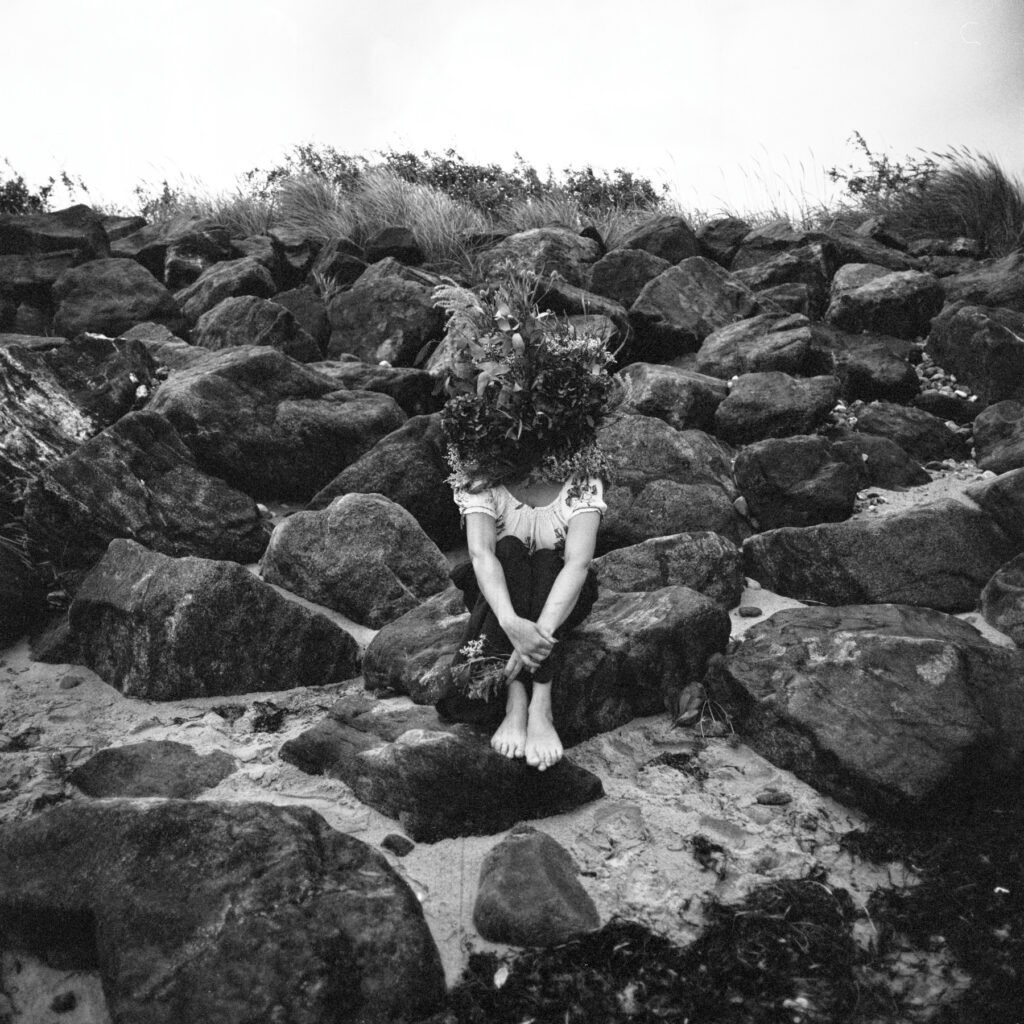
The Russian invasion these days makes appearance in the form of yet another statements made by Western officials, sometimes calling Vladimir Putin a villain, other times a reasonable leader. It is a geopolitical and geoeconomic game others play at hundreds of thousands of people’s expense.
Three and a half years into the invasion, among us are still people who we forced to flee. Mostly women, they left their hitherto lives behind: husbands and boyfriends, fathers and brothers, friends, their workplaces together with their colleagues. They left memories of their childhood, the smell of the sea, the steppe, the forest and the mountains. They were brutally separated with the intimate microcosm of their lives.
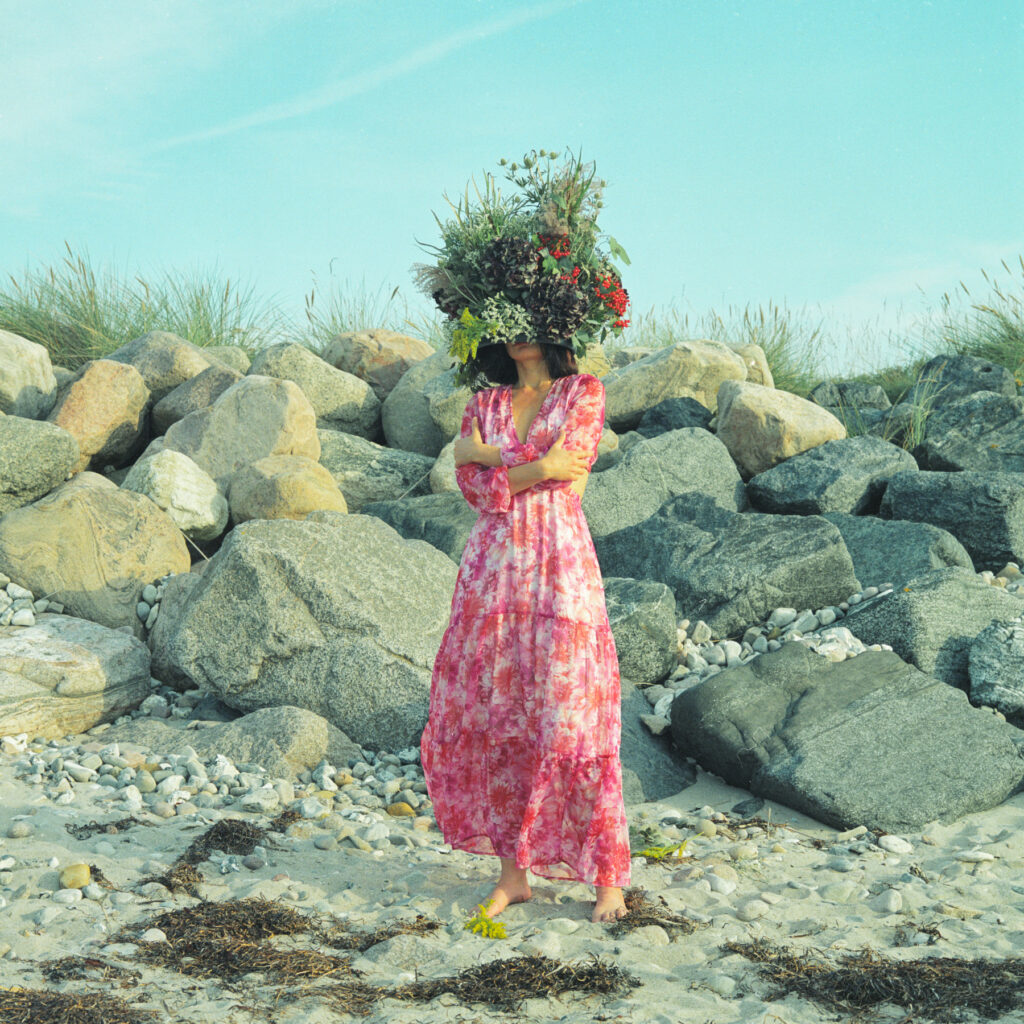
They are now living among us. Seemingly safe on the peaceful shores of Denmark, they are still experiencing uncertainty related to their lives away from whoever and whatever they left behind. They have blended in but has it been because their new living environment is so welcoming and comfortable or because we pay less and less attention?
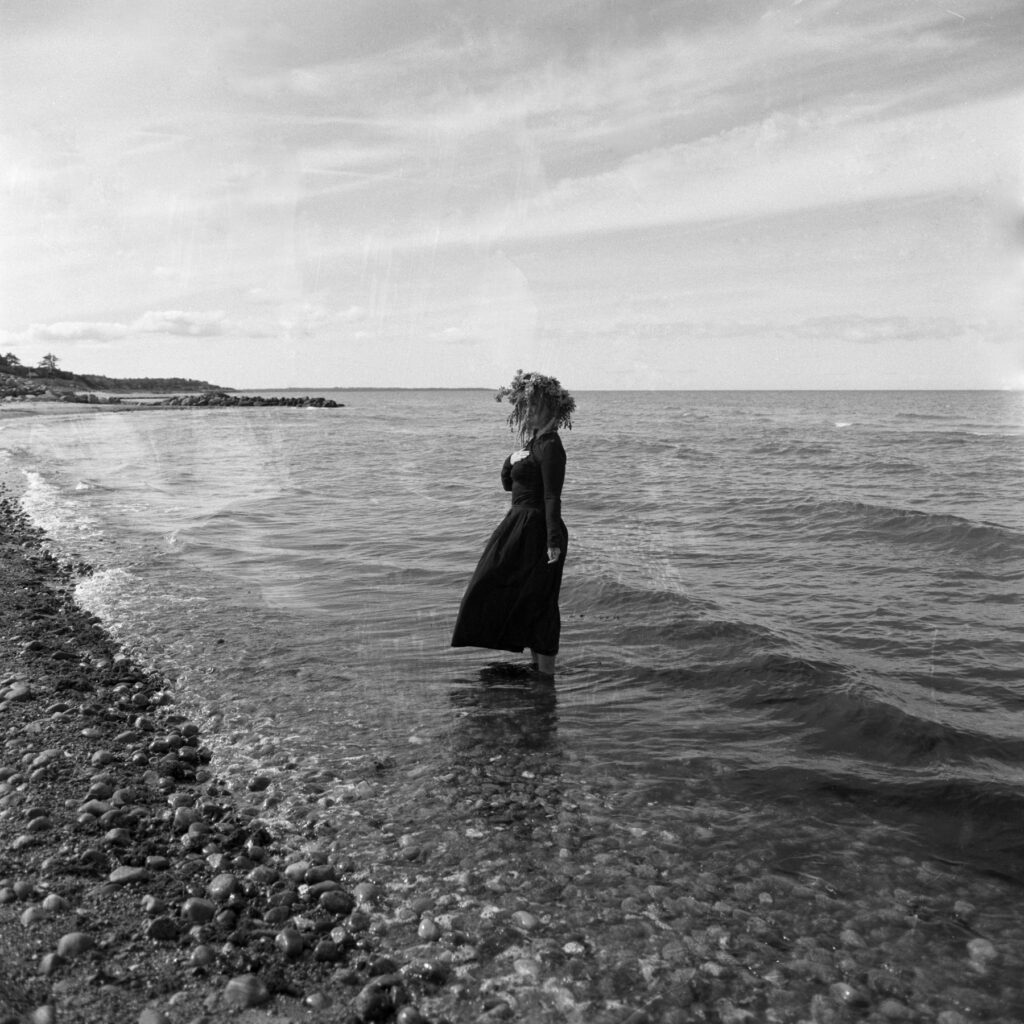
By leaving Ukraine, these women made a difficult choice. They showed courage to protect their loved ones, often flouncing from one country and place to another before finally finding a long-term shelter in Denmark. This journey as well as the end destination often was not an easy one as it required to navigate through many conflicting feelings which did not sink into oblivion just because they made it safe and sound. But is it really the end? When the war stops, other dilemmas will come looming on the horizon.
The idea for a series of portraits came together with many burning questions. Some of them I started asking myself beforehand, others came up only when I began preparations for the photoshoots.
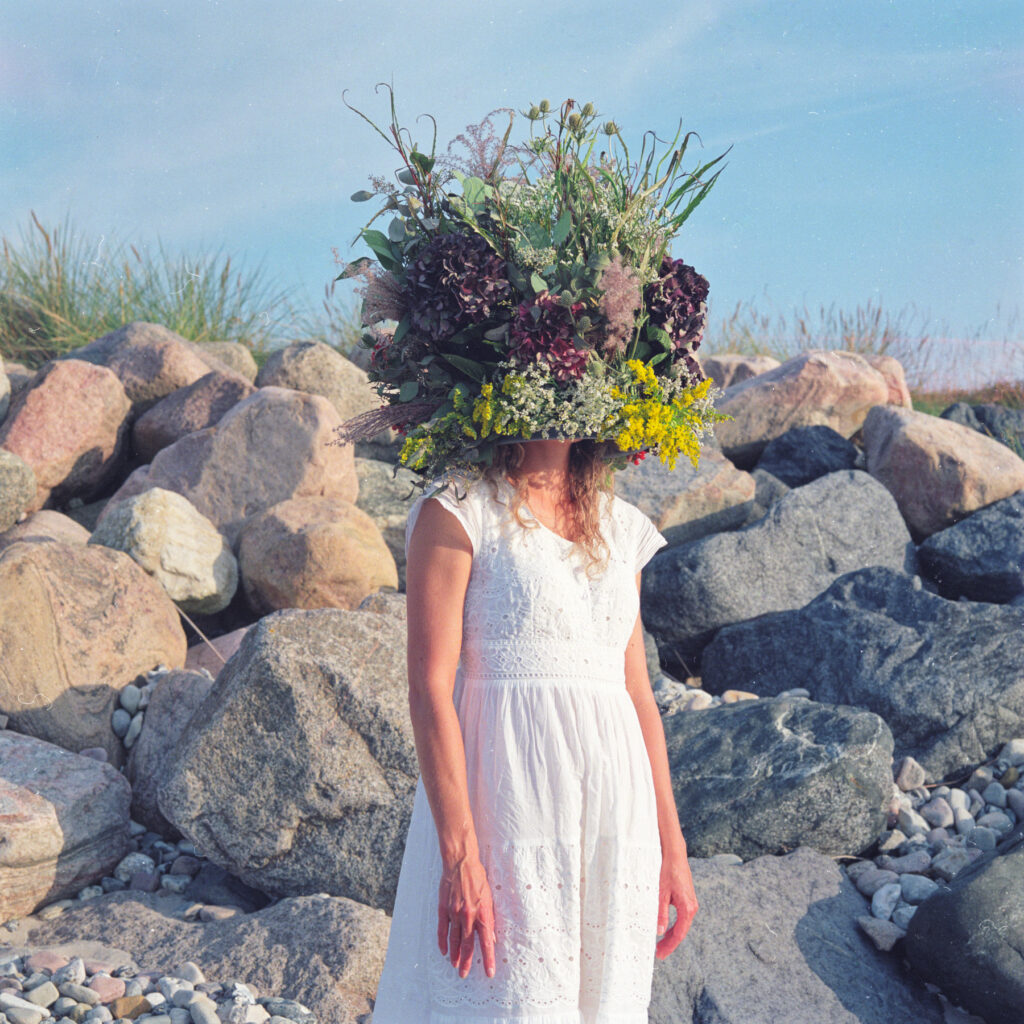
Do refugees, even in an opulent welfare state, retain their full identity as individuals?
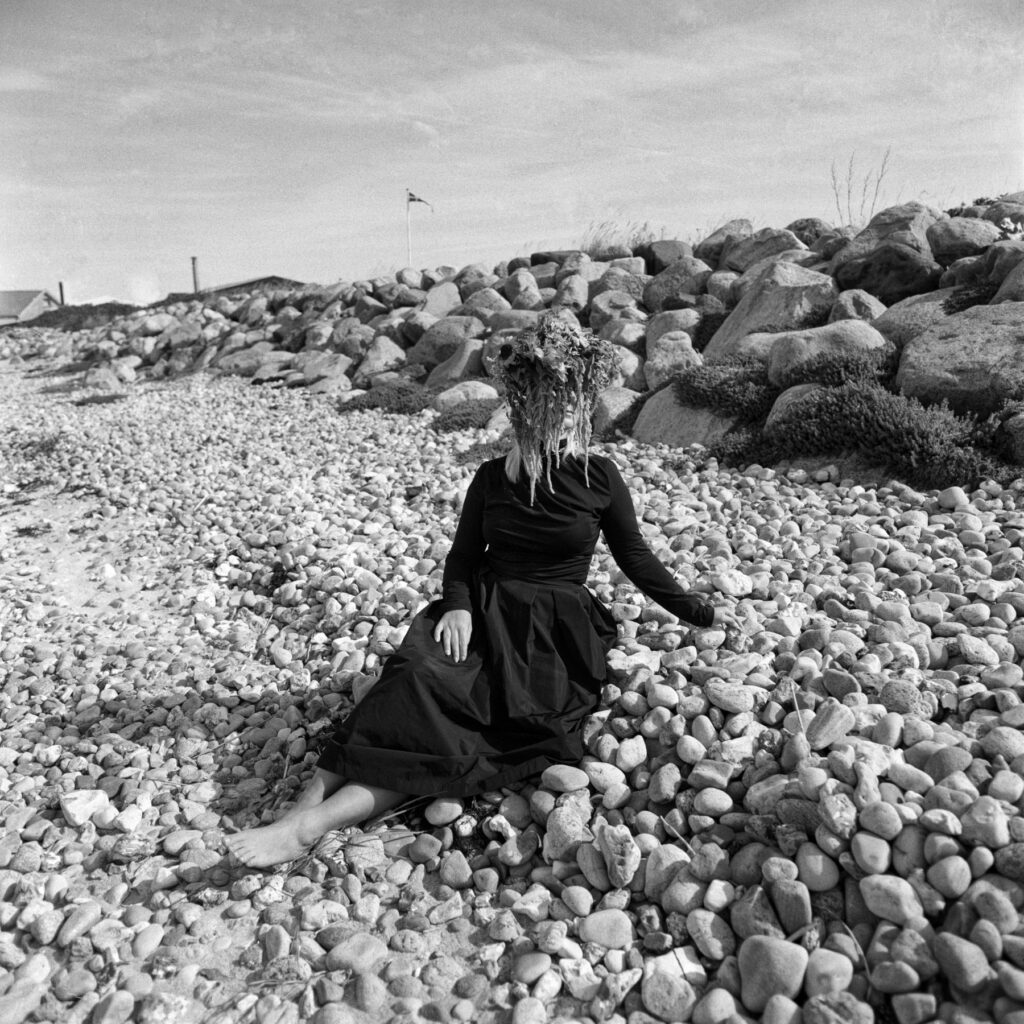
Are they always treated as such or are they regarded as part of a crowd or perhaps even a mass of people?
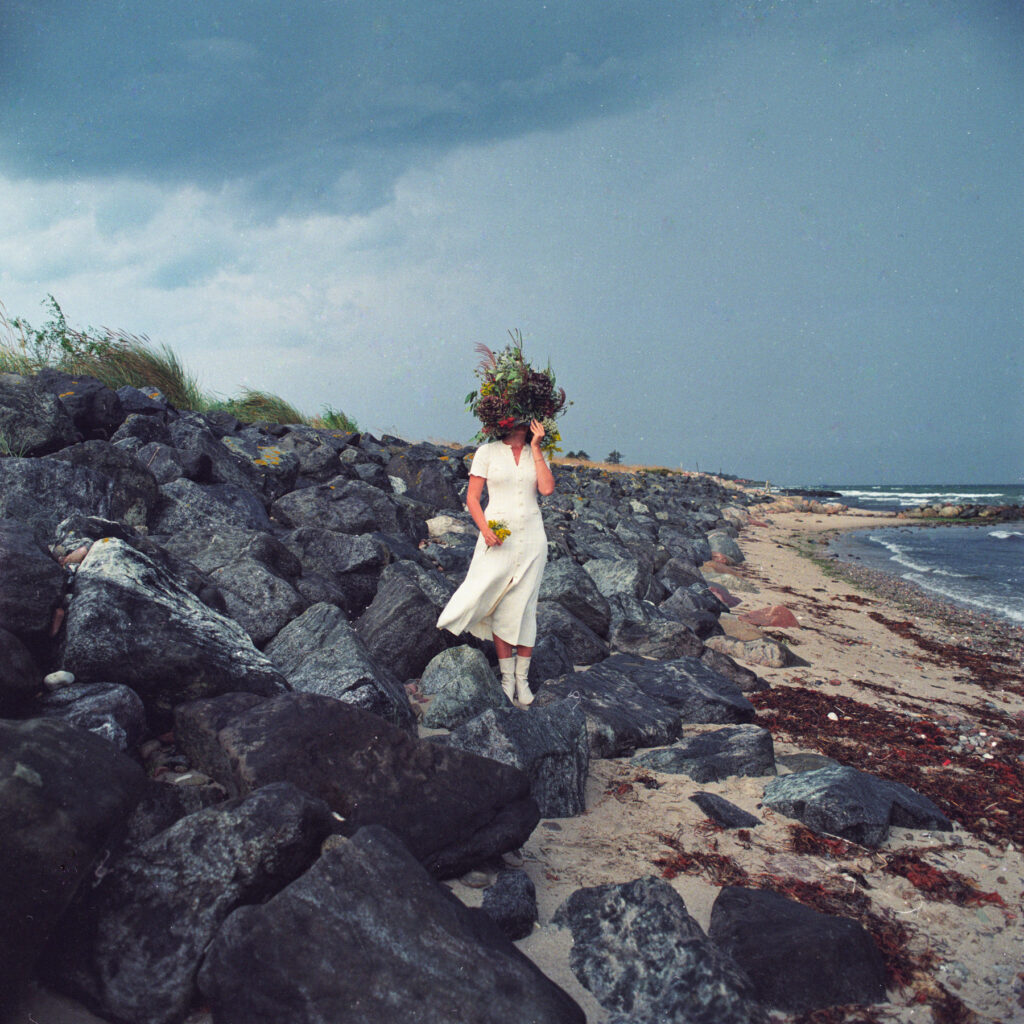
How can they express and share incomprehensible experiences with those who have never experienced a full-scale war?
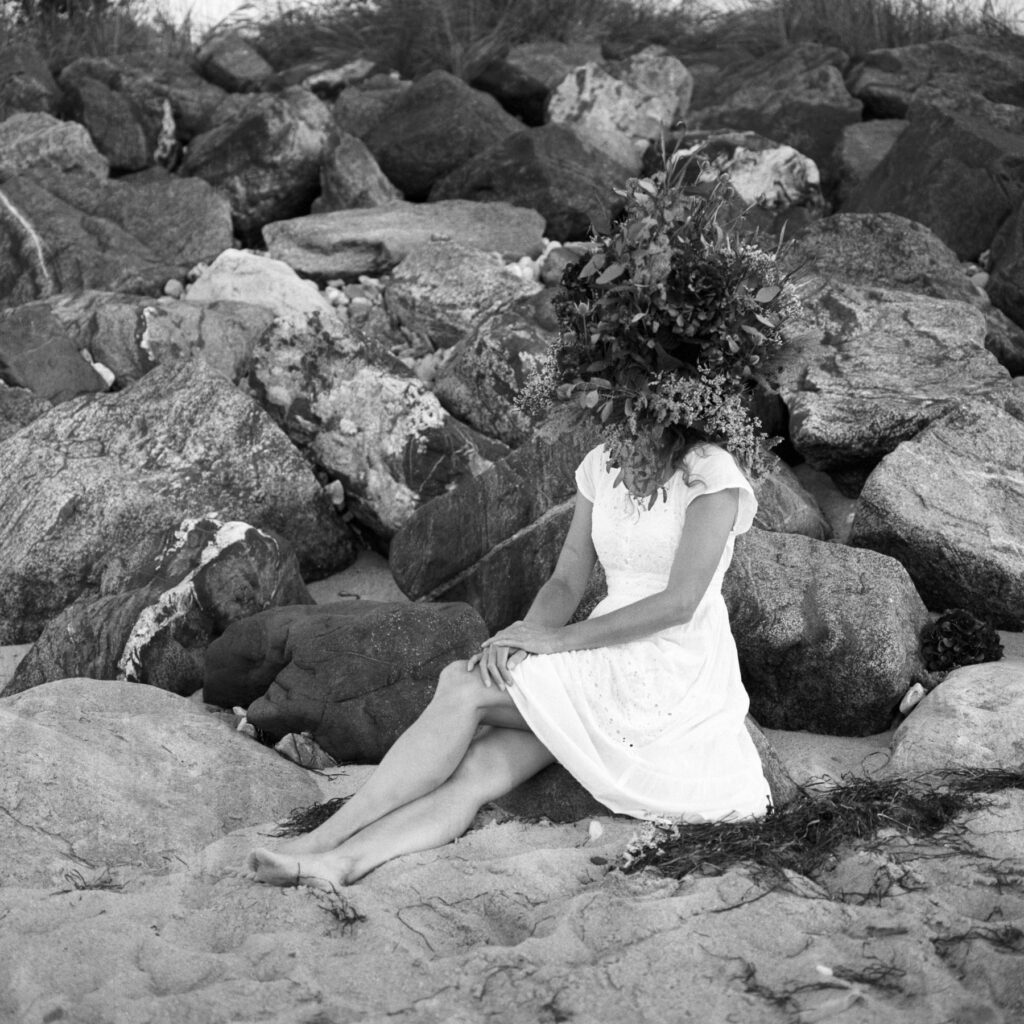
I want to thank all courageous women who agreed to take part in this project. They volunteered without knowing much about me, showing a great deal of trust.
Miłosz first published the Shielded series on his website. You can also check out Miłosz’s Instagram.
Share this post:
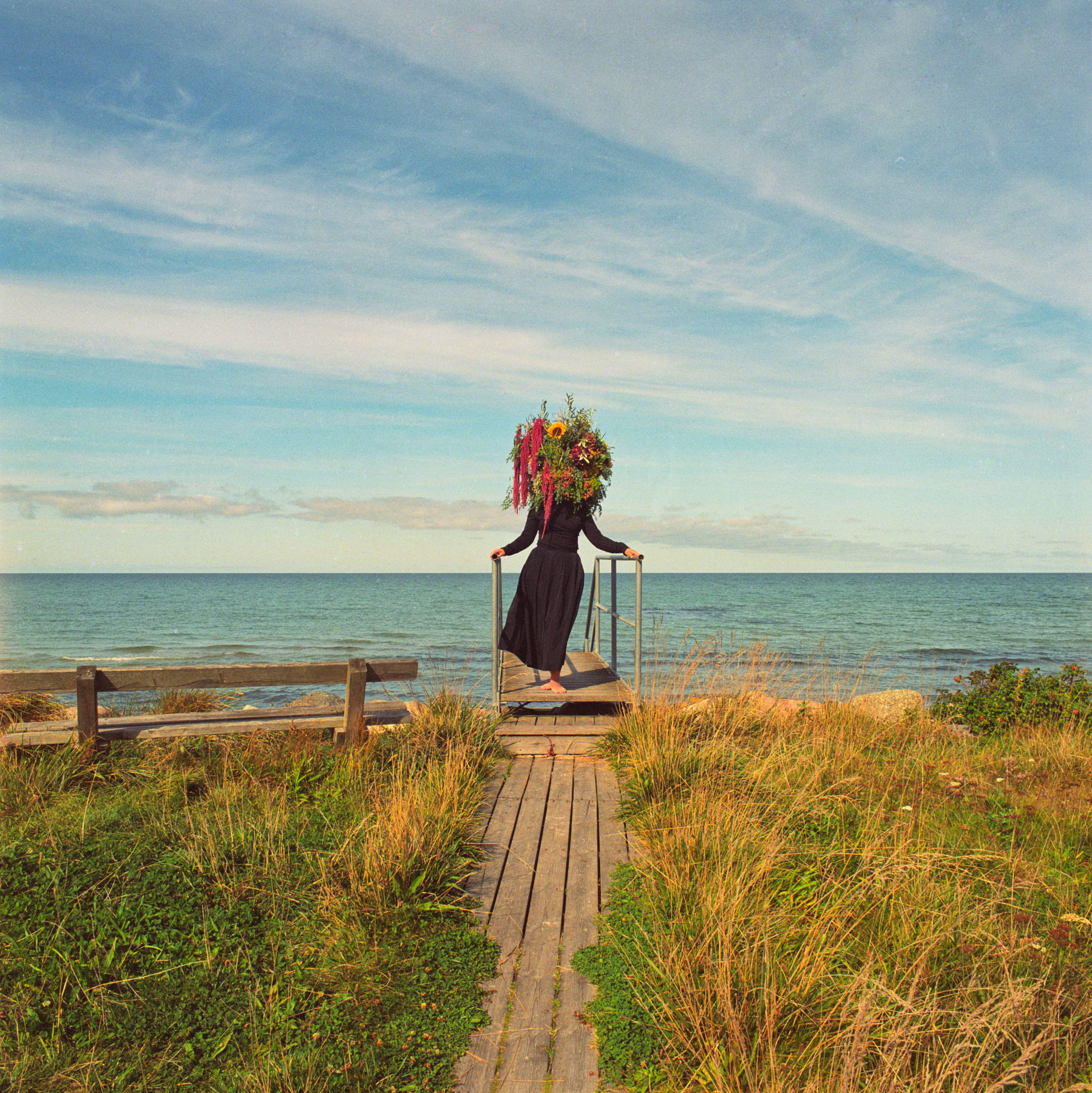
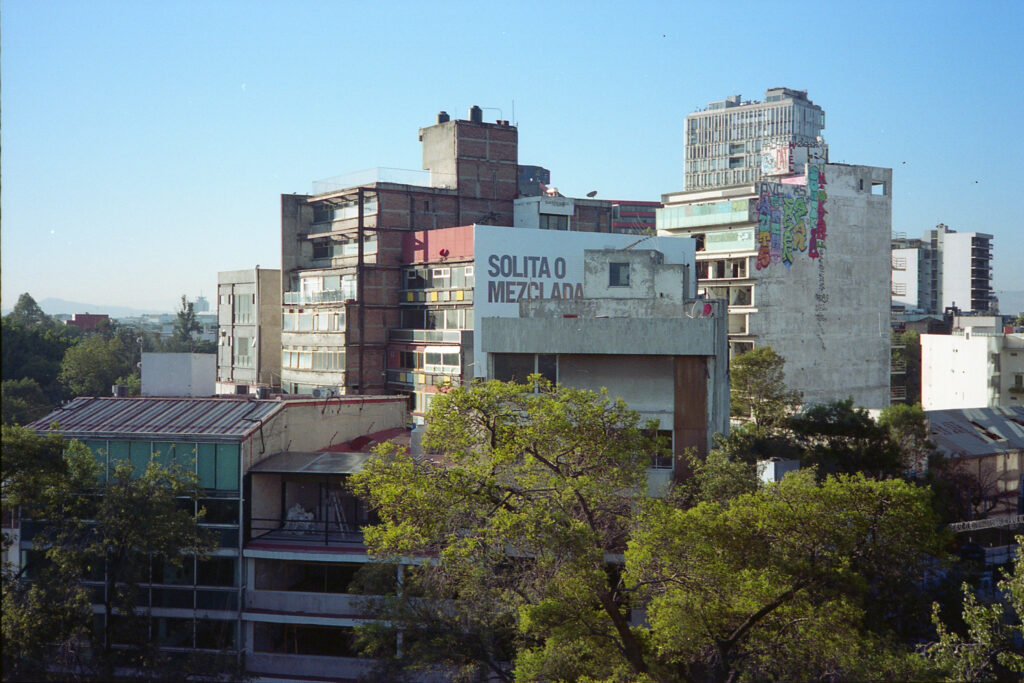

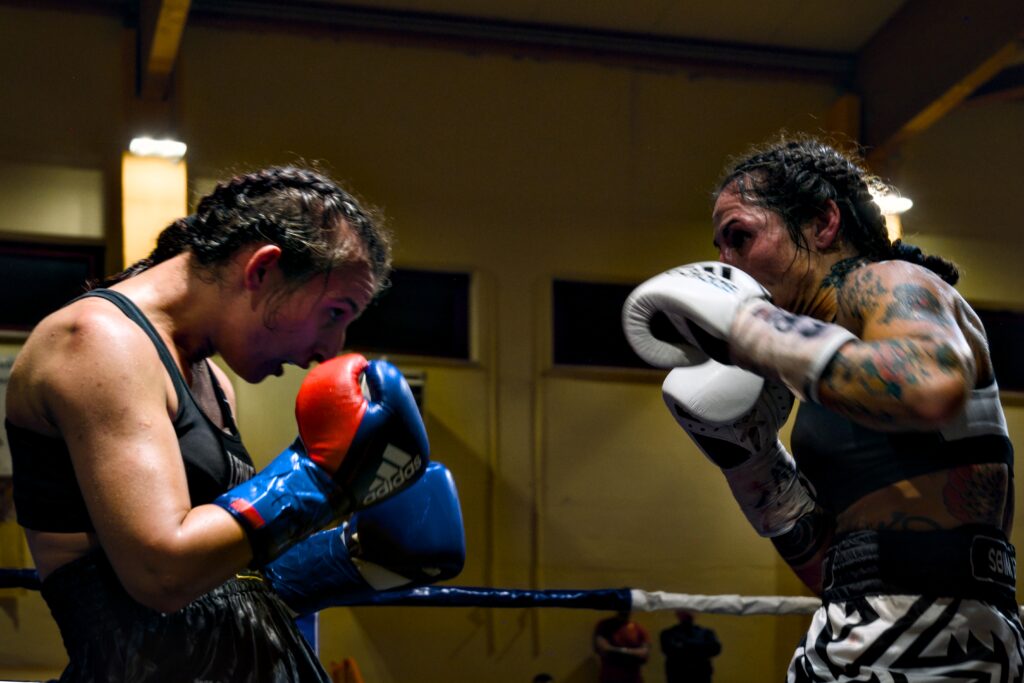
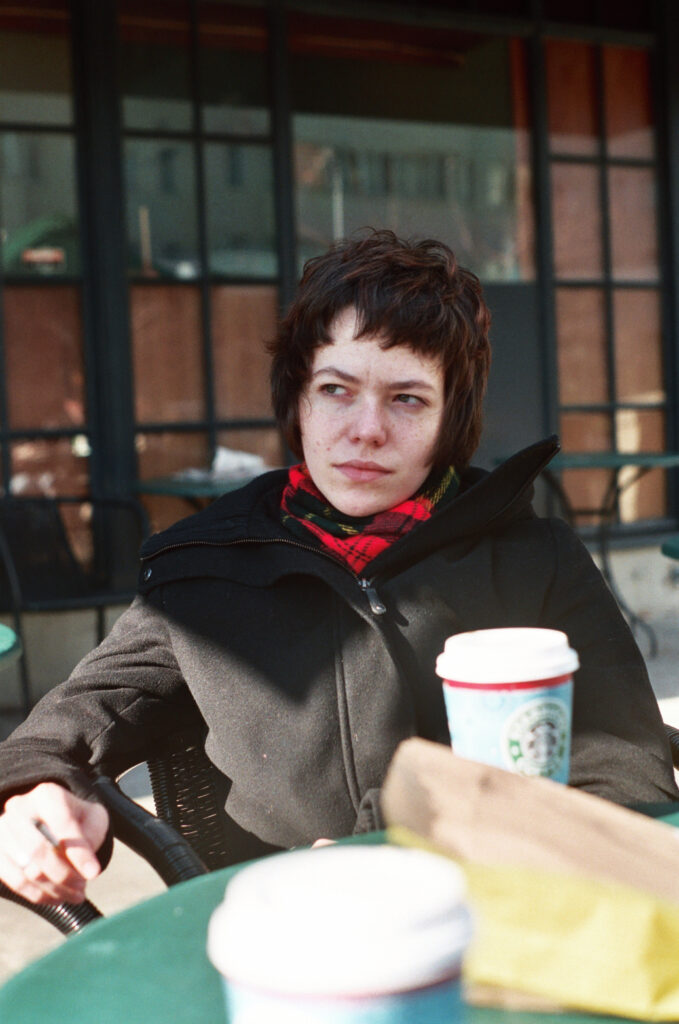
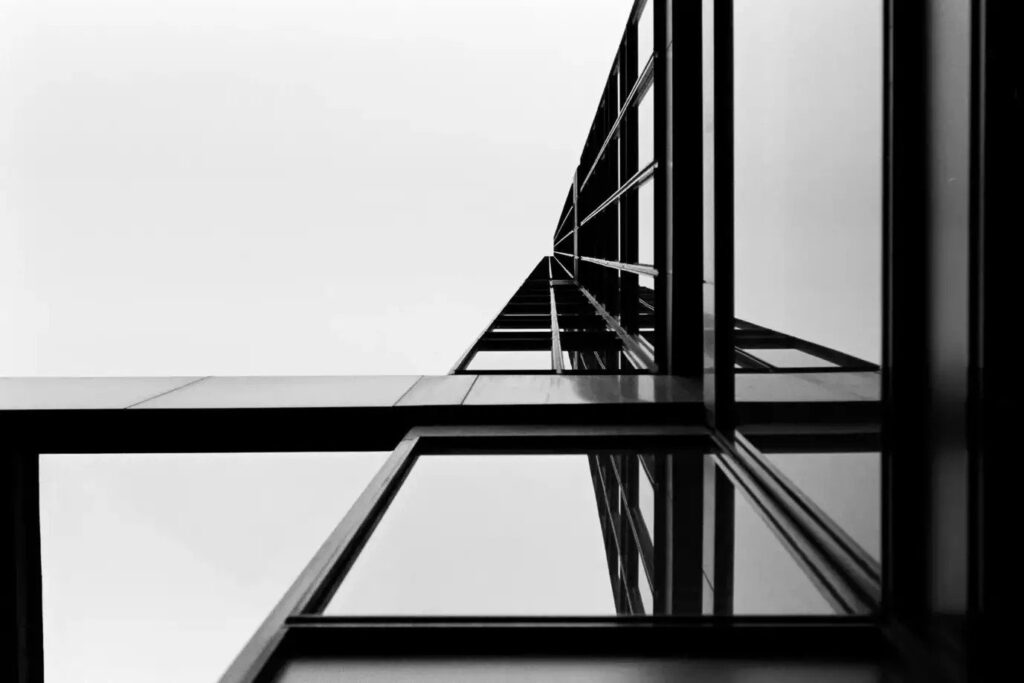


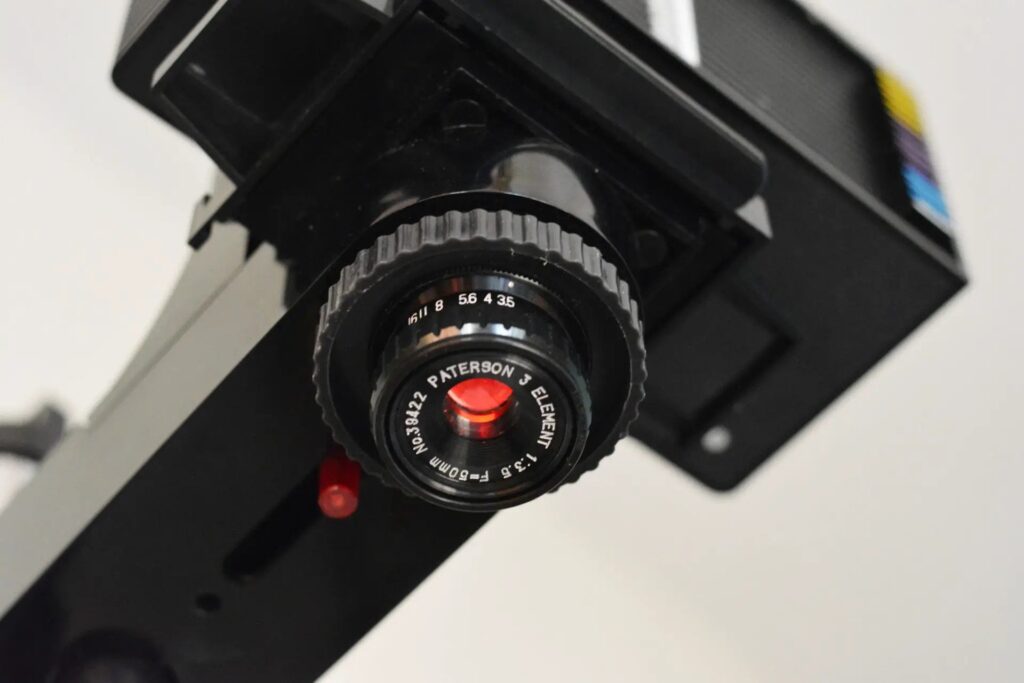
Comments
Alastair Bell on Shielded – Photographing Ukrainian Refugees in Denmark
Comment posted: 14/10/2025
A heartfelt thank you to you and especially your models for having the courage and integrity to do this.
Eagle Omomuro on Shielded – Photographing Ukrainian Refugees in Denmark
Comment posted: 14/10/2025
Miguel Mendez on Shielded – Photographing Ukrainian Refugees in Denmark
Comment posted: 14/10/2025
vincentbihler on Shielded – Photographing Ukrainian Refugees in Denmark
Comment posted: 14/10/2025
Comment posted: 14/10/2025
Michael Jardine on Shielded – Photographing Ukrainian Refugees in Denmark
Comment posted: 14/10/2025
I also live in London and my son has grown up through primary school with quite a few Ukrainian children who have come to London with their mothers- very much I imagine as your subjects- and they've definitely brought a very positive attitude and contributed greatly to our lives. It sounds like your experience of sharing your space in Denmark is similar, and it's wonderful that you are able to make a proper work of art from the experience...
Do you have plans to exhibit these photos? I think that would take the project to another level, potentially of passers-by and not 'just' the photo geeks!
Comment posted: 14/10/2025
Jeffery Luhn on Shielded – Photographing Ukrainian Refugees in Denmark
Comment posted: 14/10/2025
These are extraordinary photos! I didn't know anything about the custom of floral head dresses. The symbolism fits right in with our tendency to make displaced people a member of a large faceless group. Even though I have a family connection to Ukraine, I find myself skipping through articles describing the awful destruction and loss of life in the war. The news fatigues us. This series of photos is a reminder for us to look deeper.
Comment posted: 14/10/2025
Russ Rosener on Shielded – Photographing Ukrainian Refugees in Denmark
Comment posted: 15/10/2025
Overall these have the feel of a mythic journey. One that neither begins here nor ends here.
And yet they are beautiful to look at; although bittersweet as we know the flowers must fade.
Comment posted: 15/10/2025
Kary Schumpert on Shielded – Photographing Ukrainian Refugees in Denmark
Comment posted: 15/10/2025
Comment posted: 15/10/2025
Geoff Chaplin on Shielded – Photographing Ukrainian Refugees in Denmark
Comment posted: 15/10/2025
Comment posted: 15/10/2025
Bradley Newman on Shielded – Photographing Ukrainian Refugees in Denmark
Comment posted: 16/10/2025
Comment posted: 16/10/2025
Tony Warren on Shielded – Photographing Ukrainian Refugees in Denmark
Comment posted: 17/10/2025
Comment posted: 17/10/2025
David Pauley on Shielded – Photographing Ukrainian Refugees in Denmark
Comment posted: 21/10/2025
Comment posted: 21/10/2025